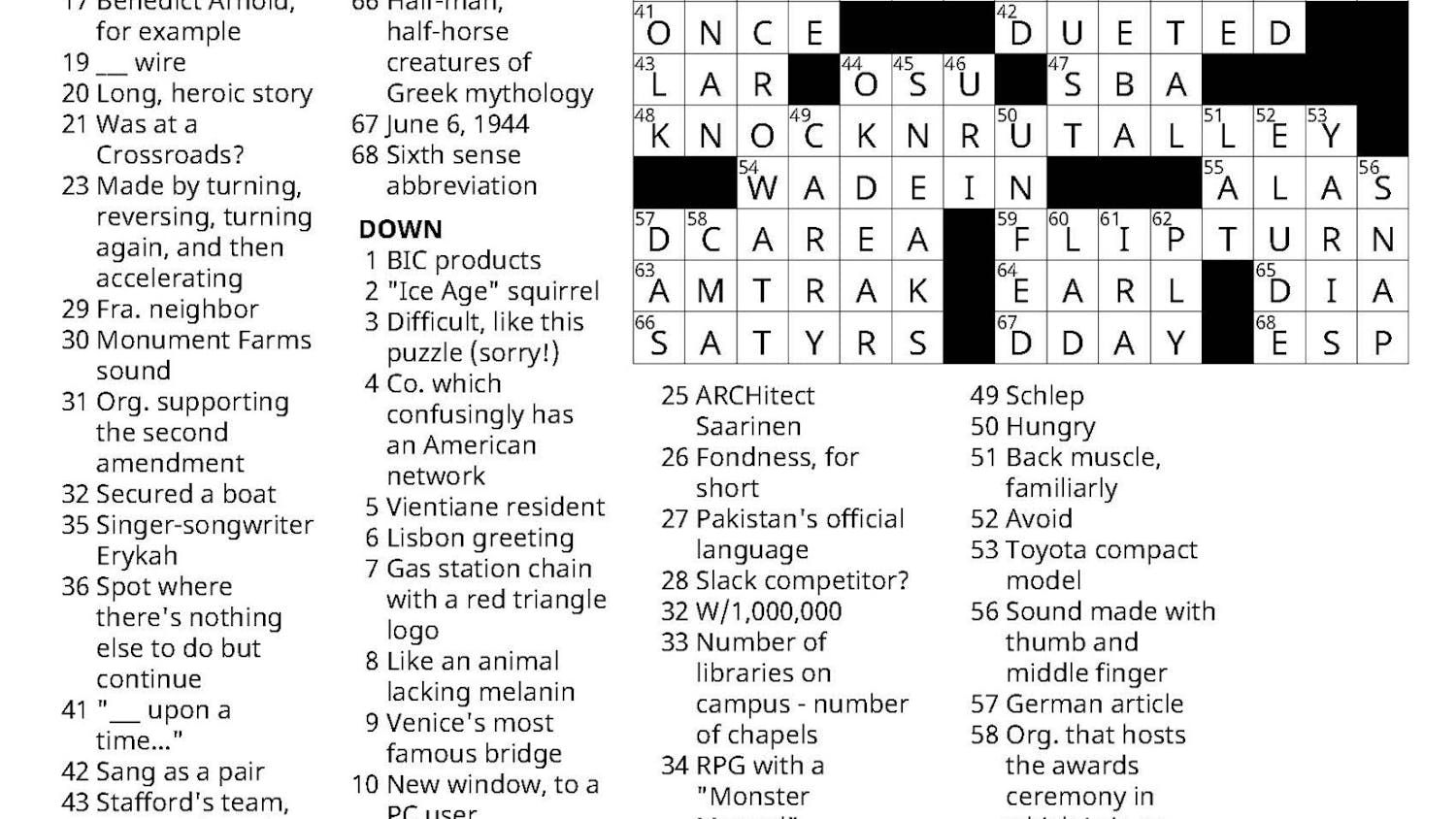Dartmouth Professor of Biochemistry Jon Lull spoke last Friday, Dec. 4 about his research using fatty acids to treat cholera and other gastrointestinal bacterial diseases, which, combined, kill 100,000 people every year.
Cholera is caused by Vibrio cholerae bacteria and is spread through contaminated drinking water. Before the germ theory of disease, it was believed in Europe that Cholera was a “bad air” that emanated from rotting organic matter and made people sick. John Snow, a father of epidemiology, first discovered its real method of transmission when he mapped Cholera outbreaks in London and noticed their association with certain drinking wells (he also surprisingly found that it was safest to live in or near a brewery; bacteria can’t grow in beer and it was the safest thing to drink before basic sanitation).
Cholera is most prevalent in cities with poor sanitation and outbreaks often occur after natural disasters.
“Most of the time we don’t get it because we’re drinking purified drinking water,” Lull said. “But what happens sometimes, particularly in developing areas, if there’s a monsoon or a natural disaster or an earthquake like in Haiti, the water supply and sewage lines get mixed together and you can get a cholera outbreak.”
People in affected areas often have little access to antibiotics and can die from severe dehydration resulting from diarrhea. Jon Kull proposed a novel solution to treating Cholera: use natural products high in monosaturated fats like sea buckthorn and synthetic analogs of fatty acids. These chemicals would be a cheap substitute to antibiotics in areas without access to them. His decades long work on Cholera virulence proteins led him to discover that fatty acids can help prophylactically prevent Cholera.
Lull is a structural biologist and primarily researches the structures of proteins – the molecules that are the active workers of a cell and carry out its essential functions. When he first joined the faculty at Dartmouth, a colleague from the Darmouth Medical School approached him and asked him to find the structures of proteins in Cholera that make it toxic. Lull agreed (coincidently, he remembered that audience member Mary Lothrop, Middlebury’s CCI director of health profession advising, was his first researcher and worked with him when he began the project).
Lull’s most exciting results have come from studying the ToxT protein, the master regulator of Cholera toxicity. Not all cholera bacteria are pathogenic; they need to have insertions of two different packages of genes that lead to the deadly effects of cholera, and one of the insertions contains ToxT. ToxT regulates two important genes that make cholera deadly: the cholera toxin gene and the cholera toxin coregulated pilus structure.
"The cholera toxin gene is what actually makes you sick,” Lull said. “Your intestinal cells take it up and the cholera toxin causes ion transporters to open up and pump ions out into your intestine. Water follows and you die of massive dehydration in a couple of days.”
Jon Lull studied the ToxT protein and found its structure using a technique called X-ray crystallography. In X-ray crystallography, a protein is precipitated into a crystal and X-rays are directed at its crystal. The pattern by which light bounces off gives valuable information about a molecule’s structure. When he looked at the structure, he noticed something unexpected.
“What was very surprising was the presence of a small molecule tucked in a small pocket of the middle of the protein,” Lull said. “And I remember looking at it for the first time and thinking this can’t be an amino acid… it looks like a fatty acid. And sure enough it was. Like most surprises in science in retrospect it turned out to be not so much a surprise.”
He discovered that the fatty acid was palmitoleic acid. When the fatty acid is bound to ToxT, it has difficulty expressing the two deadly cholera toxin genes.
One night, during dinner with his wife, Lull came to a sudden realization about the implications of his discovery.
“It was one of those scientific epiphany moments and I said, ‘Oh my God, I know how to cure cholera’ – we give people fatty acids and this prevents them from getting cholera,” Lull said. “It seems obvious now, but no one had said that yet at this point.”
Lull has since experimented on using different monosaturated fats to prevent cholera. In one mouse study, control mice died on average 24 hours after being exposed to cholera. The treatment mice who prophylicatically received palmitoleic acid survived significantly longer than the control mice and were still alive after the conclusion of the experiment 48 hours after being infected.
Lull is currently pushing for clinical trials to treat patients with sea buckthorn, a plant produced in large amounts in China that is high in palmitoleic acid and working on creating synthetic chemicals that could be more effective than palmitoleic acid in treating Cholera. If his project comes to fruition, we could have a new drug in our arsenal to help prevent and treat cholera.
Speaker Proposes New Cholera Therapy
Comments



